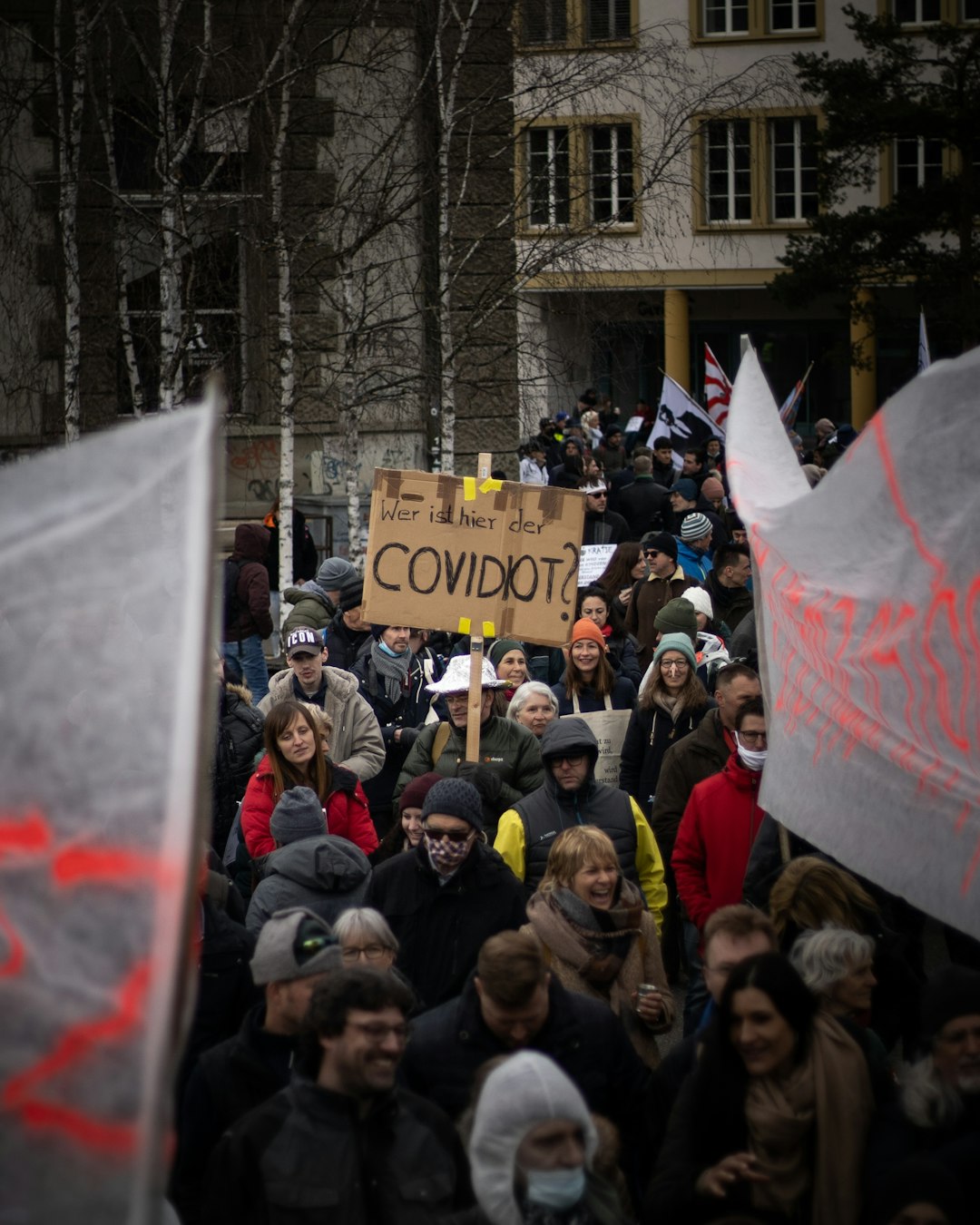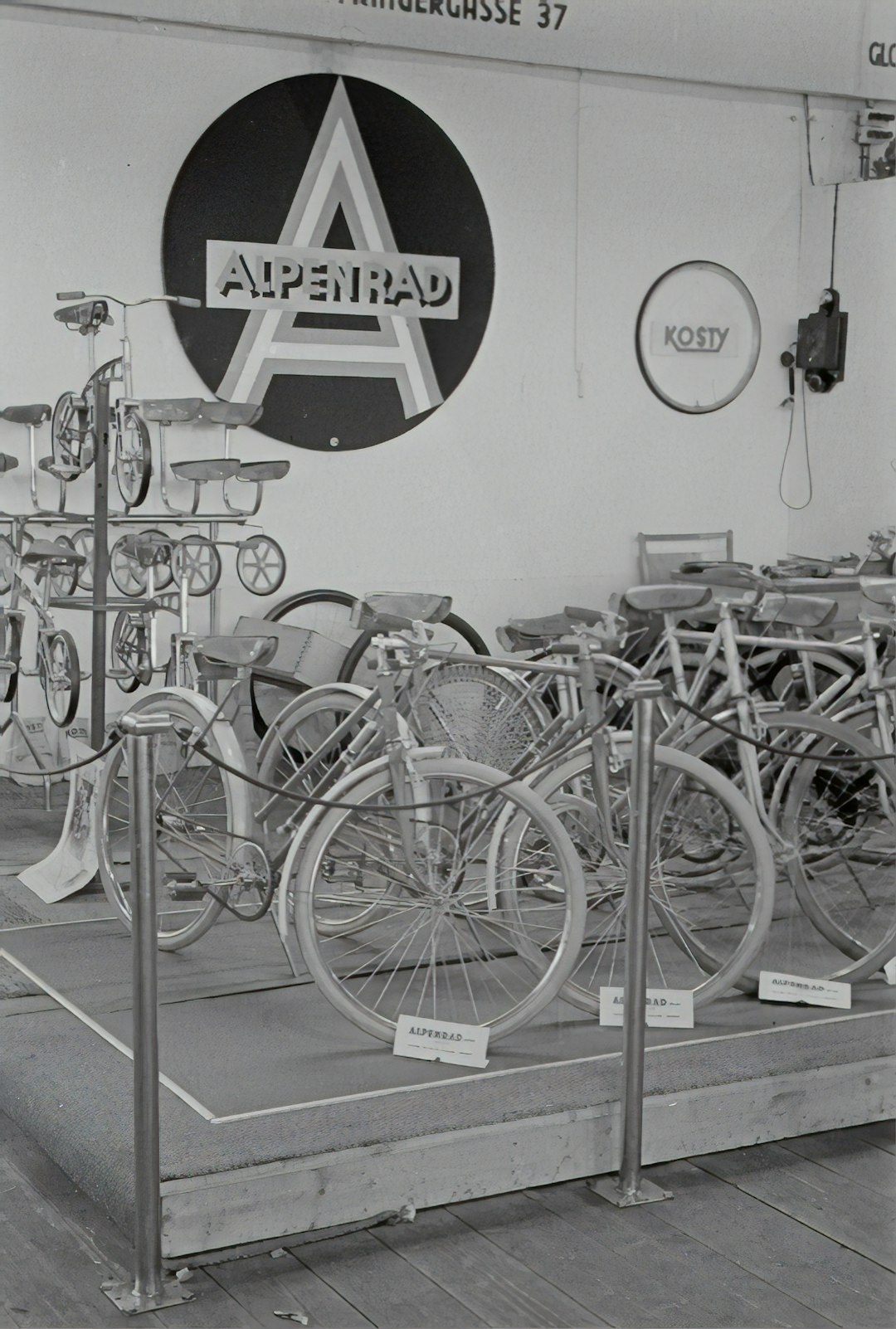Riverside’s economic narrative is a rich tapestry woven through centuries, evolving from agrarian beginnings to a burgeoning hub of innovation. This article traces this transformation, highlighting the city’s strategic shifts and the pivotal role of technological advancements in shaping its modern economy. From the fertile fields that once defined its landscape to the cutting-edge creative industries and startups that now drive its growth, Riverside’s journey offers valuable insights into economic evolution and adaptability. Join us as we explore how this California city has successfully diversified its economic base, adapting to the challenges and opportunities of each era, and setting a precedent for resilience in the face of change.
- Historical Foundations: The Agricultural Roots of Riverside's Economy
- Transition and Diversification: Riverside's Move Towards Manufacturing and Commerce
- Technological Advancements and the Rise of the Information Age in Riverside
- The Emergence of Innovation: Riverside as a Hub for Creative Industries and Startups
Historical Foundations: The Agricultural Roots of Riverside's Economy

Riverside, California, a city nestled in the Inland Empire, has undergone a remarkable transformation throughout its history. The roots of Riverside’s economy are deeply embedded in agriculture, reflecting the fertile lands and favorable climate that early settlers discovered. Citrus fruits, particularly lemons, became synonymous with the region, earning it the nickname “Citrus Capital of the World.” The agricultural sector not only provided sustenance for its residents but also emerged as a significant economic driver. As the city grew, the abundance of citrus and other produce fostered numerous canneries and processing plants, further solidifying agriculture’s role in Riverside’s economy. This foundation laid the groundwork for future diversification, setting the stage for the city to become a hub of innovation and industry.
The legacy of Riverside’s agricultural past continues to influence its present-day economy. While the landscape has shifted with time, the resilience and adaptability inherent in the city’s historical foundations have paved the way for new sectors to flourish. Today, Riverside boasts a burgeoning innovation economy, with a focus on technology, healthcare, and education. The evolution from agriculture to innovation is a testament to the city’s capacity to reinvent itself, leveraging its economic strengths and embracing new opportunities to maintain a dynamic and diverse economy.
Transition and Diversification: Riverside's Move Towards Manufacturing and Commerce

Riverside, a city located in the Inland Empire of Southern California, has undergone significant economic transformations over the decades. Initially, its economy was predominantly agricultural, with citrus groves and farmlands providing the foundation for its early development. However, as urbanization and industrialization trends swept across the nation, Riverside recognized the need for economic diversification to sustain growth and adapt to changing market demands.
The city’s transition towards manufacturing marked a pivotal point in its economic evolution. Manufacturers were attracted to Riverside due to its strategic location, access to transportation networks, and a labor force capable of meeting the growing needs of various industries. This shift allowed Riverside to develop a robust manufacturing sector, specializing in products ranging from automotive parts to medical devices. Alongside this, the emergence of commerce brought new opportunities for retail and service-oriented businesses, further enriching the local economy. The diversification away from agriculture not only reduced vulnerability to seasonal fluctuations but also positioned Riverside as a dynamic hub for innovation and technology. Today, the city continues to evolve, with an emphasis on advanced manufacturing, renewable energy, and high-tech industries, signaling a commitment to progress and economic resilience.
Technological Advancements and the Rise of the Information Age in Riverside

Riverside’s economy has undergone a significant transformation, transitioning from its agricultural roots to the cutting-edge landscape of today’s innovation hub. A pivotal factor in this evolution has been the integration of technological advancements that have reshaped the city’s economic fabric. The rise of the Information Age brought with it opportunities for Riverside to diversify its economy and foster a climate conducive to technological growth. The introduction of sophisticated communication networks and the proliferation of computing technology allowed local businesses to expand their reach, connecting them with global markets and facilitating the exchange of ideas that led to new products and services.
The city’s commitment to education and research has been instrumental in nurturing a skilled workforce capable of driving innovation. Riverside’s higher education institutions have established robust partnerships with private sector entities, creating an ecosystem where entrepreneurship thrives. This synergy has led to the development of key industries such as software development, biotechnology, and renewable energy, which have become integral to the local economy. The city’s strategic investment in technology infrastructure, including advanced data centers and cybersecurity initiatives, has further cemented its position as a leading center for innovation within the economy at large.
The Emergence of Innovation: Riverside as a Hub for Creative Industries and Startups

Riverside, California, has undergone a significant transformation in its economic landscape, transitioning from an economy heavily reliant on agriculture to one that thrives on innovation and creative industries. This evolution is exemplified by the city’s emergence as a hub for startups and innovative businesses. The once-dominant citrus groves have given way to a burgeoning tech sector, where entrepreneurs and visionaries are cultivating new ideas that drive economic growth and diversification. The Riverside County Economic Development Agency has played a pivotal role in this transition by attracting and supporting businesses through various incentives and resources. This shift is not merely a change in industry but a reflection of the city’s adaptability and forward-thinking approach to economic development.
The City of Riverside’s commitment to fostering an environment conducive to innovation is evident in its investment in education, research, and infrastructure. The University of California, Riverside, has become a cornerstone for scientific advancement and a talent pool for local businesses. Coupled with the Riverside Art Museum and the dynamic cultural scene, the city supports a creative class that contributes to its economic renaissance. This synergy between education, art, and entrepreneurship has positioned Riverside as a prime location for startups, particularly those in technology, digital media, and life sciences. The economy of Riverside is thus diversifying, creating a resilient and robust framework capable of sustaining long-term growth and economic vitality.
Riverside’s economic transformation from its agricultural beginnings to its current status as an innovation powerhouse is a testament to the city’s adaptability and forward-thinking approach. Historically, the fertile lands supported a robust agricultural sector that laid the foundation for the region’s prosperity. Over time, the economy diversified with the advent of manufacturing and commerce, marking a significant phase in Riverside’s growth trajectory. As technological advancements ushered in the information age, the city embraced these changes to foster an environment ripe for economic expansion and cultural enrichment. Today, Riverside stands as a beacon of innovation, with its creative industries and startups driving progress and economic vitality. The city’s journey from crops to circuits underscores the potential for diverse economies to evolve harmoniously, positioning Riverside as a model for future economic evolution across similar cities.
